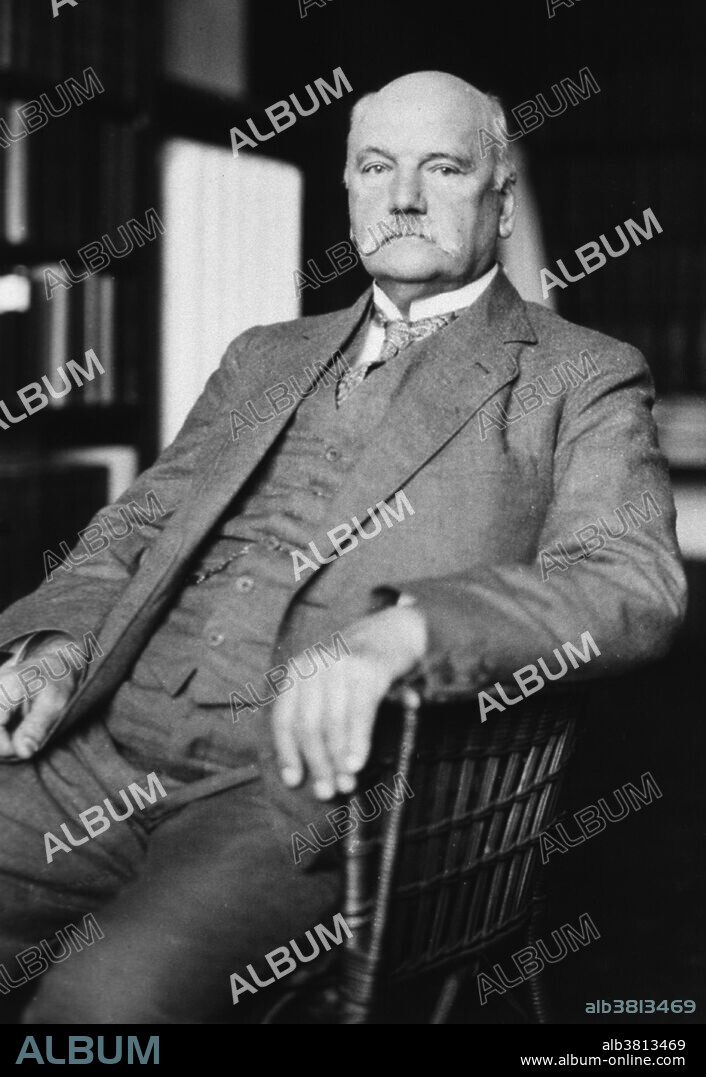alb3813469
Albrecht Kossel, German Biochemist

|
Zu einem anderen Lightbox hinzufügen |
|
Zu einem anderen Lightbox hinzufügen |



Haben Sie bereits ein Konto? Anmelden
Sie haben kein Konto? Registrieren
Dieses Bild kaufen.
Nutzung auswählen:

Titel:
Albrecht Kossel, German Biochemist
Untertitel:
Siehe automatische Übersetzung
Ludwig Karl Martin Leonhard Albrecht Kossel (September 16, 1853 - July 5, 1927) was a German biochemist and pioneer in the study of genetics. He was awarded the Nobel Prize for Physiology or Medicine in 1910 for his work in determining the chemical composition of nucleic acids, the genetic substance of biological cells. Kossel isolated and described the five organic compounds that are present in nucleic acid: adenine, cytosine, guanine, thymine, and uracil. These compounds were later shown to be nucleo-bases, and are key in the formation of DNA and RNA, the genetic material found in all living cells. During the last years of Kossel's life, he conducted important research into the composition of the protein types protamines and histones, and discovered flavianic acid. He died in 1927, after a recurring attack of angina pectoris.
Bildnachweis:
Album / NLM/Science Source
Freigaben (Releases):
Bildgröße:
3300 x 4785 px | 45.2 MB
Druckgröße:
27.9 x 40.5 cm | 11.0 x 15.9 in (300 dpi)
Schlüsselwörter:
BERÜHMT • BERÜHMTE PERSÖNLICHKEIT • BIOCHEMIKER • DEUTSCH • EUROPAEER (F M) • EUROPAEER • EUROPÄER (F M) • EUROPÄER • EUROPÄISCH • GENETIKER • MANN • NATURWISSENSCHAFTLER • NOBEL • NOBELPREIS • NOBELPREISTRAEGER • NOBELPREISTRÄGER • NOTABEL • PERSON • PERSöNLICHKEITEN • PERSÖNLICHKEITEN • PROMINENZ • WISSENSCHAFTLER • WISSENSCHAFTLICH
 Pinterest
Pinterest Twitter
Twitter Facebook
Facebook Link kopieren
Link kopieren Email
Email
